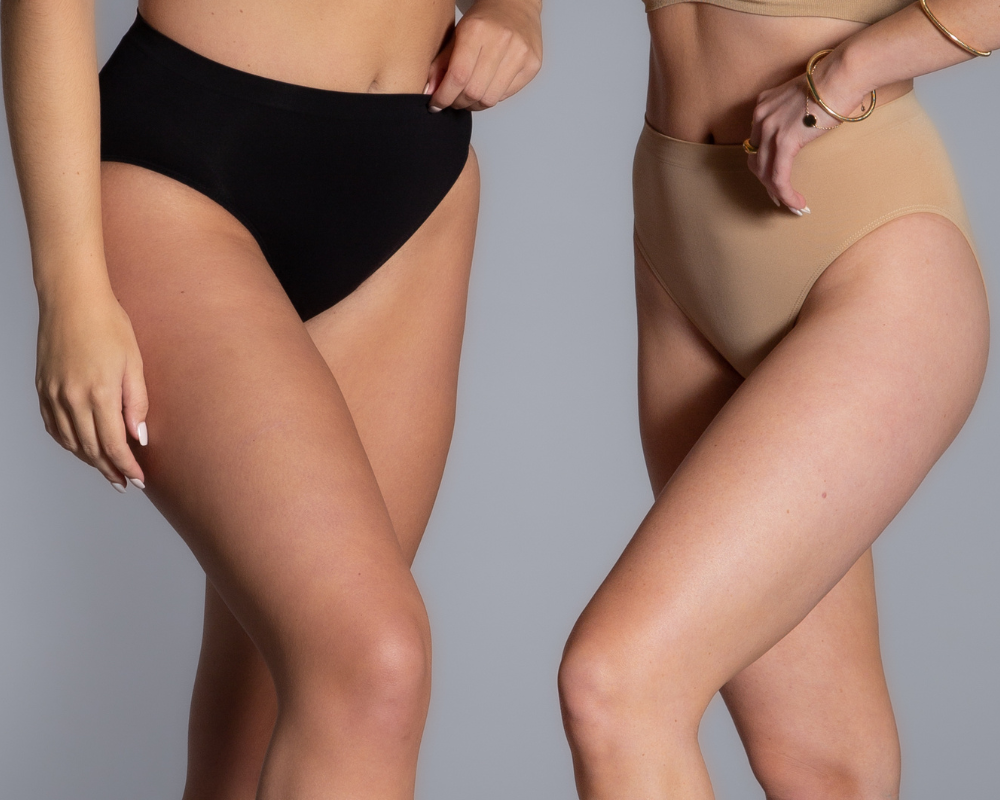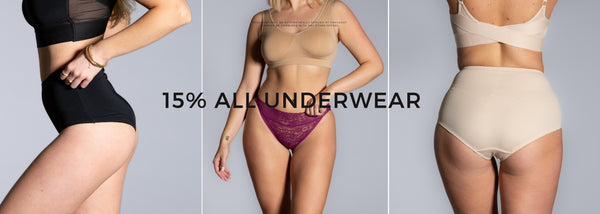Hello there, fellow history buffs and underwear enthusiasts! Today, we embark on an uproarious adventure through time to uncover the evolution of our most intimate garment: underwear! From cavemen's crude loincloths to the extravagant designer delights of today, we'll traverse the hilariously innovative milestones that have shaped the undie landscape.
The Prehistoric Paradox - Cavemen's Comfy Loincloths:
Our journey begins in prehistoric times, where our primitive ancestors roamed the Earth in the most fashionable ensemble - the loincloth! Imagine Fred Flintstone donning a tasteful strip of animal hide wrapped around his nether regions – the perfect blend of comfort and style. Forget Gucci; this was the original "Caveman Couture."
Ancient Rome and the Toga-tastic Underwear:
Fast forward to ancient Rome, where togas and tunics were all the rage. Underneath those swanky draped garments, Romans flaunted the "Subligaculum," the world's first undergarment. But we bet they didn't have to worry about uncomfortable wedgies like we do today. Ah, the perks of ancient fashion!
The Dark Ages: Underwear in the Shadows:
Ah, the Dark Ages – a time of little progress and probably equally dismal undergarments. We can only speculate about the "shrouded" existence of medieval underwear. They were so elusive that we might as well call them "Underwear in the Shadows."
The Renaissance Reinvention - Codpieces and Corsets:
Ah, the Renaissance – a time of great intellectual and artistic achievements. But what's up with those oversized codpieces? Those "personal accessories" gave a whole new meaning to the phrase "well-endowed." And let's not forget the corsets, which made it practically impossible to breathe but had you looking like a fabulous hourglass. We'll call this era the "Codpiece Craziness."
Victorian Virtues and the Modesty Monstrosities:
Enter the Victorian era, where modesty reigned supreme. This was the time of voluminous drawers and hoop skirts, hiding everything a lady possessed under layers upon layers of fabric. We'd like to think the term "Modesty Monstrosities" perfectly sums up these underwear atrocities.
The Roaring Twenties - Rise of the "Step-ins":
Finally, a more liberated age with the roaring twenties! Flappers embraced the "step-ins," an early version of panties that allowed for dancing, partying, and generally having a roaring good time. Let's give it up for the "Step-ins" revolution!
World War II - The Utilitarian Briefs:
During the war, men needed practical underwear for their heroic efforts. Enter the classic "briefs" – practical, comfortable, and a symbol of patriotism. But let's be honest; they weren't exactly the most glamorous. We'll nickname this period the "Utility Briefs Era."
The Swinging Sixties - The Thong Comes Along:
The sixties, a time of social change and experimentation. And speaking of experimentation, enter the "thong" – a revolutionary design that dared to show more than it covered. "Thong Fling" was born, and people haven't been able to look at a banana the same way since.
The Designer Delights of Today:
Welcome to the present day, in this era of innovation and style, underwear has truly become an art form. Calvin Klein wows us with their elegant and sophisticated designs, giving us that classic touch of luxury. Meanwhile, Victoria's Secret enchants with angelic creations. But best of all among these designer giants is a true gem – Rhonda Shears' most comfortable Ahh-mazing panties! With the most innovated technology to achieve maximum comfort without sacrificing style!
So there you have it, the uproarious and wildly entertaining journey through the evolution of underwear. From cavemen's loincloths to today's designer delights, underwear has seen it all. Now, next time you put on your favorite pair of underpants, take a moment to appreciate the centuries of ridiculousness and innovation that have led us to this point. Happy undie adventures, everyone!
ENJOY OUR 15% OFF ALL UNDERWEAR IN OUR WEBSITE!*
*Valid until 8/10/2023











Comments
I didn’t know all that ,lol.nice lesson.